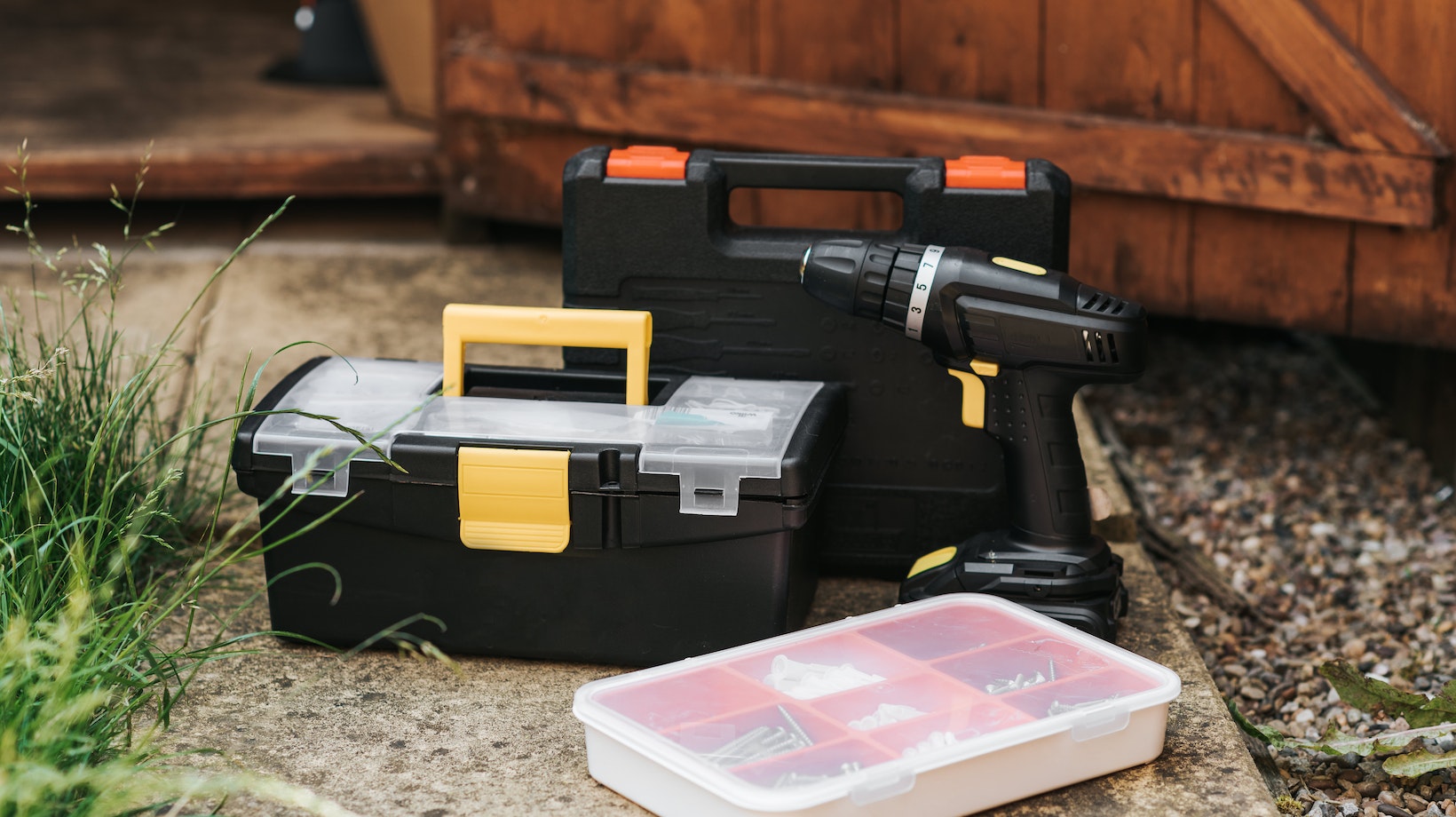Car Body Repair Kit
When it comes to repairing your car’s body, having the right tools at hand is crucial. That’s where a car body repair kit can come in handy. But with so many options available in the market, how do you choose the right one? In this section, we’ll explore some important factors to consider when selecting a car body repair kit.
Features To Look For In A Car Body Repair Kit
Not all car body repair kits are created equal. To ensure you make an informed decision, here are some key features to look for:
- Versatility: A good repair kit should be versatile enough to handle various types of damages such as scratches, dents, and cracks. Look for a kit that offers multiple tools and materials suited for different repairs.
- Quality Tools: The quality of the tools included in the kit is vital for achieving professional-looking results. Opt for kits that contain durable and reliable tools made from high-quality materials like steel or carbon fiber.
- Easy-to-Use Instructions: Whether you’re an experienced DIYer or a novice, clear and concise instructions are essential. Choose a kit that provides step-by-step guidance on how to use each tool effectively.
- Compatibility: Ensure that the repair kit is compatible with your specific vehicle make and model. Some kits may be designed specifically for certain types of cars or materials like metal or plastic.

Different Types Of Car Body Repair Kits
Car body repair kits come in various forms depending on the type of damage they address:
- Scratch Repair Kits: These kits focus on fixing superficial scratches and scuffs on your car’s paintwork without requiring extensive repainting.
- Dent Removal Kits: If your vehicle has minor dents caused by parking mishaps or hailstorms, dent removal kits can help restore its appearance without needing costly professional services.
- Crack Repair Kits: For more severe damages like cracks in the body panels, there are specialized kits available that provide solutions for repairing and reinforcing the affected areas.
How To Assess The Damage Before Choosing A Repair Kit
Before investing in a car body repair kit, it’s essential to assess the extent of the damage. Here are some steps to follow:
- Inspect the Damage: Carefully examine your car’s body for scratches, dents, or cracks. Take note of their size, location, and severity.
- Consider Your Skill Level: Be realistic about your DIY abilities. Some repairs may require advanced skills or professional expertise. If you’re unsure, consult with a trusted mechanic or auto body specialist.
- Research Suitable Kits: Based on your assessment and skill level, research different repair kits that align with your specific needs. Read feedbacks from other users to gauge their effectiveness and ease of use.
Now that we’ve covered how to choose the right car body repair kit let’s explore some tips for effectively using one in our next section. Stay tuned!
Assessing And Identifying Damages On The Car Body
- Visual Inspection: Start by visually inspecting the car body for any visible damages such as dents, scratches, or paint chips. Walk around the vehicle and carefully examine each panel, paying close attention to areas that are prone to damage like bumpers or doors.
- Touch Inspection: In addition to visual inspection, a touch inspection can reveal hidden damages that may not be immediately visible. Run your hand over the surface of the car body, feeling for any irregularities or rough spots that could indicate underlying damage.
- Documentation: It’s important to document all identified damages before proceeding with repairs. Take clear photographs of each damaged area from different angles. This documentation will serve as a reference point throughout the repair process and can also be useful when dealing with insurance claims.
- Structural Assessment: Some damages may affect the structural integrity of the car body. Look out for signs of misalignment or deformation in critical areas such as frame rails or pillars. If you suspect any structural damage, it’s best to consult a professional technician who can perform a detailed assessment using specialized tools.
- Paint Damage Evaluation: Assessing paint damage requires careful observation under proper lighting conditions. Look for fading, peeling, or discoloration in the affected areas. Keep in mind that small scratches or chips can lead to larger issues if left untreated, so it’s essential to address them promptly.
Remember that assessing and identifying damages on your own might have limitations based on your expertise and experience level in car body repair. For complex damages or if you’re unsure about certain aspects, seeking professional assistance is always recommended.







































